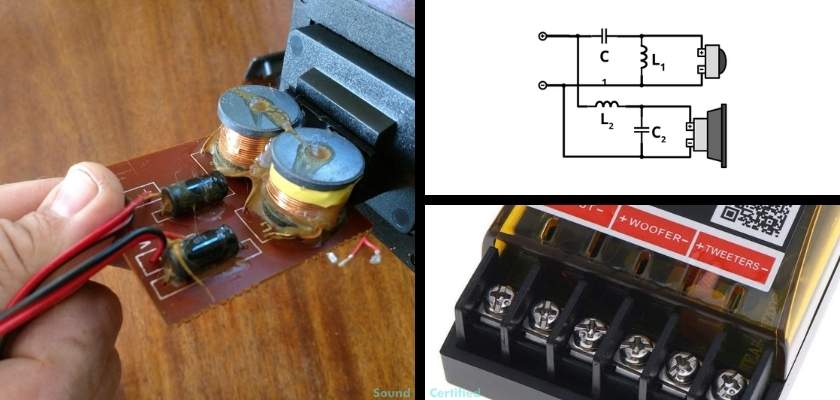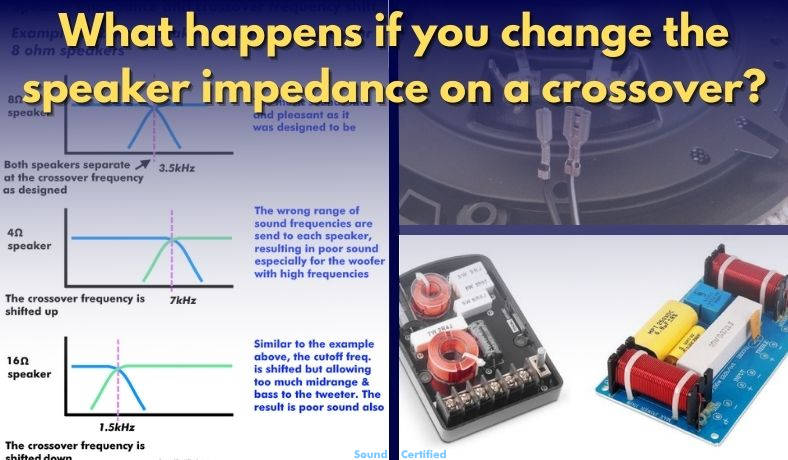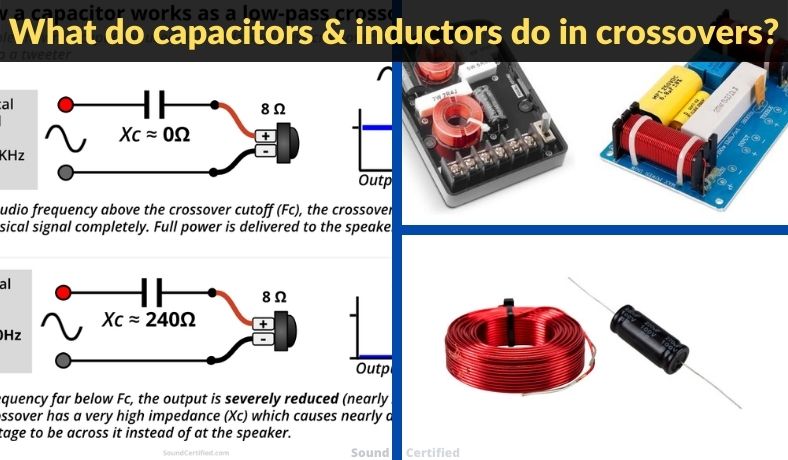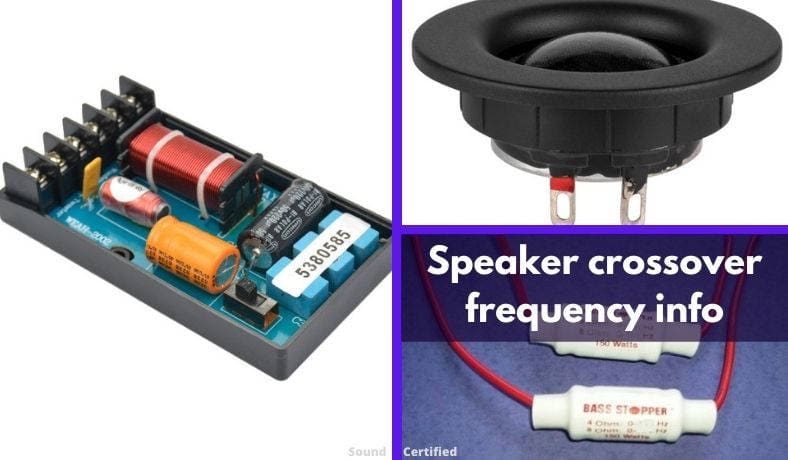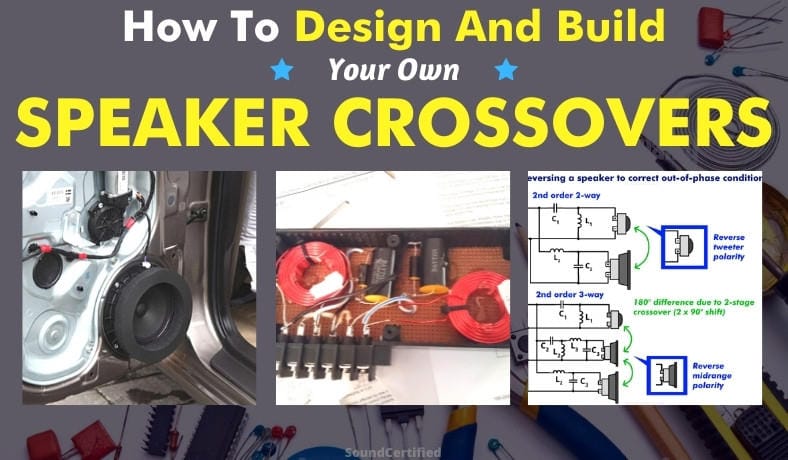In this main page you’ll find articles, sorted by category, to help you with the answers you need or with projects related to speaker crossovers.
Sections
What is a passive audio crossover?
A passive audio crossover (commonly called a speaker crossover) is a type of audio filter made up of electronic components designed to filter or divide an amplified musical signal among one or more loudspeakers. The term “passive” refers to the use of capacitors and inductors as they do not require a power source as electronic active audio crossovers do.
Passive speakers are connected directly to the output of a stereo or amplifier and before the loudspeakers. A pre-selected crossover frequency (also called the cutoff frequency, corner frequency, or Fc) determines the point past which audio frequency output to the speaker is greatly reduced.
The filtering ability of a crossover is based on the crossover slope, described in decibels per octave (dB/octave).
Some of the most common speaker crossover types are high-pass to protect tweeters, 2-way designs used in stereo speaker systems, and a variety of more complex such as 3-way (tweeter, midrange, and woofer designs). Unlike active electronic audio crossovers, commonly sold designs typically use 6dB/octave or 12dB/octave rather than 18dB/octave or higher due to the additional complexity, parts requirements, and production cost.
Article categories
Speaker crossover basics
What Happens If I Use A Different Impedance Speaker On A Crossover? Can I?
Using a different impedance speaker on a crossover can affect sound quality. Learn about the importance of speaker Ohms and crossover frequency in this guide.
What Does A Capacitor Or Inductor Do In A Speaker Crossover?
Curious about the inner workings of a speaker crossover? Learn how these basic but important electronic components make it possible to get great sound.
Crossover installation topics
How To Install And Wire Car Speaker Crossovers The Right Way
Don’t make a mistake that’ll cost you sound quality or worse. In my helpful guide learn how to wire car audio speakers to speaker crossovers the correct way.
Speaker crossover design and DIY guides
How To Determine Speaker Crossover Frequency
Confused about speaker crossovers? Find out some helpful tips on how determine crossover frequencies based on what you have in front of you.
How To Design And Build A Speaker Crossover – DIY Guide With Diagrams!
Discover the secrets to building your own speaker crossover for great sound quality. My detailed DIY guide has great diagrams and step-by-step instructions.
